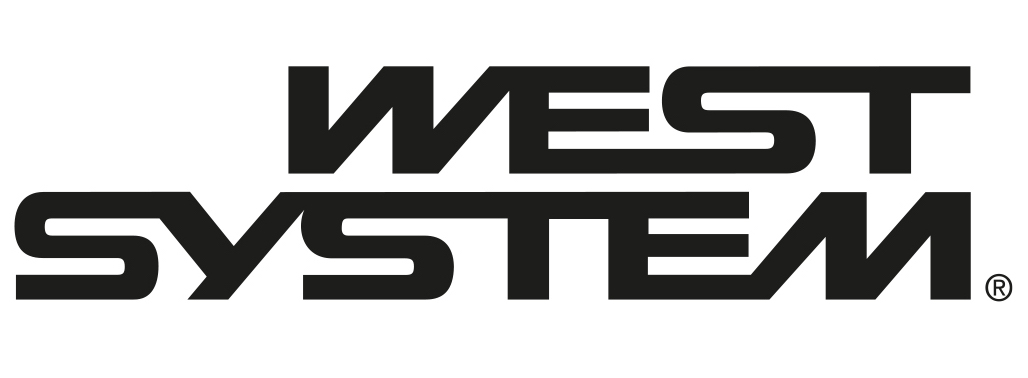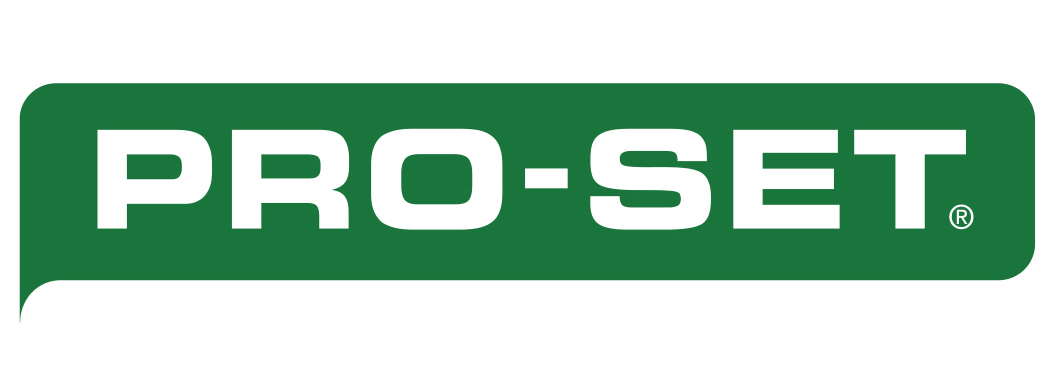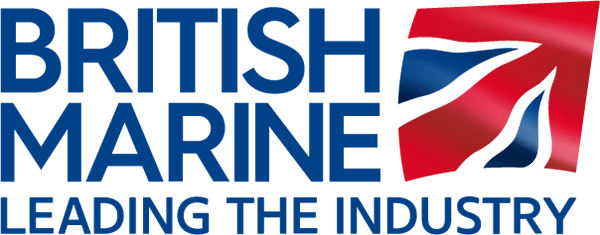How to use WEST SYSTEM Epoxy
Finish Coatings
Add final finish coatings to your structure to provide UV protection, extra moisture resistance and more durability.
Paint or varnish applied over an epoxy barrier coat is intended to decorate the surface and protect the epoxy from sunlight. In so doing, the finish coating extends the life of the epoxy moisture barrier, which in turn provides a stable base that extends the life of the finish coating. Together, the two form a protective system far more durable than either coating by itself.
This page covers:
The importance of UV protection
Finding the most compatible coating
Coating types – at a glance
The importance of UV protection
Protection from sunlight is a primary consideration in the selection of a final coating. Long term UV (ultraviolet) protection of the barrier coat depends on the effectiveness with which the finish coating resists UV and retains its pigmentation and/or shield of UV filters on the surface of the epoxy barrier coat. A high gloss finish reflects a higher proportion of the light from the surface than a dull finish. Therefore, a white coating- especially a high gloss white –is much more durable.
Finding the most compatible coating
Most types of coatings are compatible with cured epoxy, which is an almost completely inert, hard plastic. Thus, most paint solvents will not soften, swell or react with an epoxy surface. However, it is advisable to build a test panel to assure coating compatibility. It is always recommended to check manufacturer’s instructions to verify compatibility and suitability.
One-part polyurethanes and polyester gelcoat can be affected by epoxy amines and if used must be applied when the epoxy is thoroughly cured, generally after two weeks at room temperature. A thorough cure can be achieved much quicker with elevated temperature post curing. Post curing will also improve epoxy’s thermal properties and is recommended if dark paint is to be applied over epoxy.
Coating types – at a glance
Here is an outline of the different types of finishing coating available. Always follow the instructions from the manufacturer of the coating systems. Also, we strongly recommend making a test panel to evaluate the degree of surface preparation required and the compatibility and handling characteristics of the finish system.
Antifouling paints Available in a variety of formulations. Most antifouling paint systems are compatible with epoxy and can be applied directly over a prepared epoxy barrier coat. If unsure of compatibility or having curing or adhesion problems with a specific paint, use the primer recommended for that antifouling paint over the barrier coat. Follow the recommendations given for preparation of GRP surfaces. Other paints, including marine LPs and primers, are not recommended for use below the waterline.
| Coating type | Description |
|---|---|
| Latex paints | Compatible with epoxy, they do an adequate job of protecting the epoxy barrier from UV radiation. In many architectural applications latex paint may be the most suitable coating to use. Their durability is limited. |
| Alkyd finishes | Enamel, alkyd enamel, marine enamel, acrylic enamel, alkyd modified epoxy, traditional varnish and spar varnish – all offer ease of application, low cost, low toxicity, and easy availability. Their disadvantages are low UV resistance and low abrasion resistance. |
| One-part polyurethanes | Offer easy application, clean-up and better properties than alkyds. They are also more expensive and some may be incompatible with amine cured epoxy systems such as WEST SYSTEM® epoxy, although 207 Special Clear Hardener™ offers good compatibility. Test first. |
| Two-part linear polyurethane (LP) paints | LPs offer the most durable protection available. They are available as pigmented or clear coatings and offer excellent UV protection, gloss retention, abrasion resistance and complete compatibility with epoxy. However, compared to other types of coatings, they are expensive, require more skill to apply and present a greater health hazard, especially when sprayed. |
| Epoxy paints | Available in one-part and two-part versions. Two-part epoxies offer many characteristics similar to the higher performance polyurethanes. They are durable and chemically resistant, but offer limited UV protection compared to the linear polyurethanes. |
| Antifouling paints | Available in a variety of formulations. Most antifouling paint systems are compatible with epoxy and can be applied directly over a prepared epoxy barrier coat. If unsure of compatibility or having curing or adhesion problems with a specific paint, use the primer recommended for that antifouling paint over the barrier coat. Follow the recommendations given for preparation of GRP surfaces. Other paints, including marine LPs and primers, are not recommended for use below the waterline. |
| Primers | Usually not needed to bond a paint film to epoxy, although interfacing primers may be required with some specialised bottom paints and high-build primers, and are useful for hiding scratches or flaws in the substrate. If the instructions on the selected paint or varnish recommend a specially primed surface, follow the recommendations given for fibreglass preparation. Self-etching primers are not effective on an epoxy coating because of the chemical resistance of the epoxy. |
| Polyester gelcoat | A pigmented version of polyester resin used to build GRP boats and many other products. Gelcoat provides a smooth pre-finished surface and is applied during the production process of the boat or component part. It is not often used as a post-production finish coating, but it can be applied over epoxy and is useful in some repair situations. Unreacted epoxy will interfere with gelcoat cure. |




